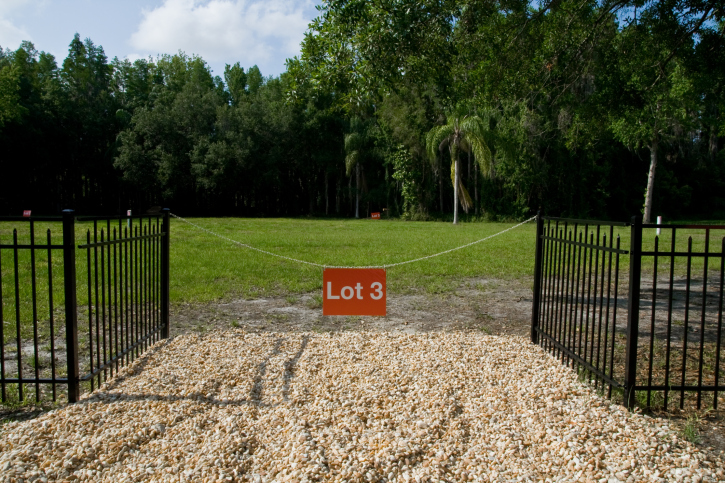Real Estate Investing: Why Buying Raw Land Can Be an Excellent Long-Term Strategy
 When many people think about investing in property, they think about purchasing income-producing real estate such as a residential property or an office building with tenants. There are indeed many benefits associated with investing in income-producing property. For example, these properties may produce rent that can offset your ownership expenses. However, buying raw land can also be an excellent long-term investment strategy.
When many people think about investing in property, they think about purchasing income-producing real estate such as a residential property or an office building with tenants. There are indeed many benefits associated with investing in income-producing property. For example, these properties may produce rent that can offset your ownership expenses. However, buying raw land can also be an excellent long-term investment strategy.
By learning more about the benefits of investing in raw land, you may be ready to start searching for real estate to invest in soon.
Minimal Ownership Expenses
Raw land will not have as many ownership expenses as land. This property may not produce rental income for you, but you also will not have to maintain or repair a building or pay for property insurance. Property taxes and a mortgage payment may be lower as well. Typically, your main expense will be the mortgage payment, and this may be far less than what a mortgage payment on developed land may be.
You essentially will be able to pay for the property outright to have no expenses or to leverage your investment and make affordable mortgage payments to pay for your investment.
Significant Potential Gain
There is a significant potential for long-term financial gain with your purchase of raw land. Consider that you can adjust the zoning or subdivide the property as desired. You can also wait for urban sprawl to reach the area to drive up demand and value for the property. It can be difficult to predict when the property value will increase. However, when you select a property in an area that seems to be growing, you may expect there to be some demand for that property in the coming years. Many who have invested in raw land may realize a significant gain when they make plans to hold onto the property for several years or longer before selling it.
Before you make any financial investment, it is important that you consider the amount of time that you wish to hold the investment before seeing a return on it. With raw land, you generally need to anticipate hanging onto the asset for several years or even decades before seeing a financial gain. Make sure to talk with your trusted loan officer about what would be best for you and your financial situation.
Keep in mind that land is a limited resource, and there is increasing demand for it as populations rise in many areas. With this in mind, you can generally expect most property values to eventually rise over time.

 If you are like many other homeowners, your home mortgage payment is the single largest expense in your monthly budget. This is a fixed expense that you will typically be responsible for until your loan is paid in full or until you sell your home, and you may have a 15, 20 or even 30 year term on your mortgage.
If you are like many other homeowners, your home mortgage payment is the single largest expense in your monthly budget. This is a fixed expense that you will typically be responsible for until your loan is paid in full or until you sell your home, and you may have a 15, 20 or even 30 year term on your mortgage. Last week’s economic news included S&P Case-Shiller Home Price Index reports, the Fed’s FOMC meeting statement and pending home sales. Freddie Mac mortgage rates and weekly jobless claims were also released as usual. The details:
Last week’s economic news included S&P Case-Shiller Home Price Index reports, the Fed’s FOMC meeting statement and pending home sales. Freddie Mac mortgage rates and weekly jobless claims were also released as usual. The details: